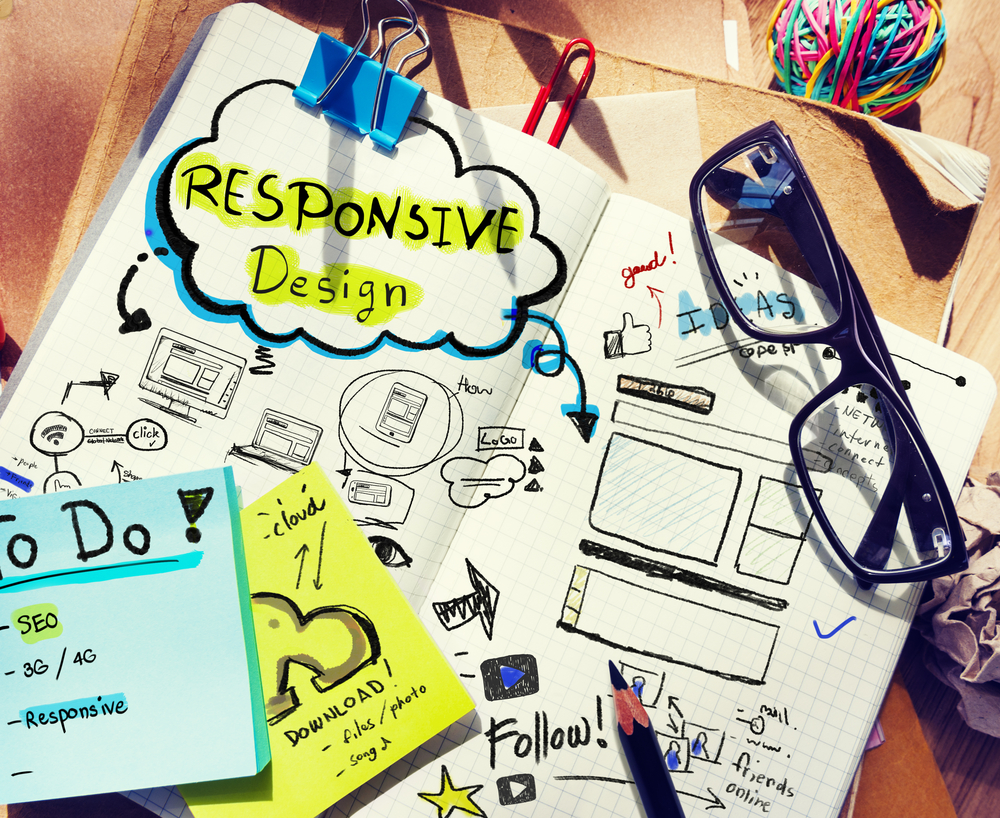Websites have become a core part of most organisations’ sales and marketing efforts. The evolution from an online brochure to an engaging, responsive online resource that represents the brand has been driven largely by one thing – the user experience.
Today’s web savvy consumers are looking for those experiences that meet their needs in a speedy, interactive and reliable way.
From a business perspective this means creating and developing sites that ultimately give visitors what they are looking for, from information on a product or service, the answer to a query, to making a sale or completing a download.
> See also: 5 critical requirements for surviving and thriving in ecommerce today
And how is this done? It needs to start when the website design is first conceived – user experience needs to guide the entire web design process, particularly if you want your organisation’s website to give your business some form of competitive advantage.
Thinking about your customers
Knowing and understanding your customers’ behaviour is crucial to the process. In fact, it forms the lynchpin of the architecting, design and build of your website. From a business to business perspective, your organisation will need an in-depth understanding of your customers’ goals, challenges and the industries that they operate in.
Of course time is very often something project teams don’t have a lot of. In a busy, highly competitive market place, brands want their sites to be launched as quickly as possible in order to address those customer needs.
A key part of this process is ensuring the website is easily adaptable and flexible to change once data begins to flow in about your customers. Your website will never be static – developing it is a dynamic process that will continue to change over time as the market and, indeed, your customers’ needs evolve.
What about agility?
Agility is one of the words that those in the IT sector like to use a lot but the fact remains that more and more website projects are being developed using an agile approach.
But what does it mean? Essentially, agile is about discovering and honing different and better ways to do things – going back to the Agile Manifesto of 2001 drafted by developers searching for better ways of developing software and enabling others to do it as well.
Translated to developing a website, it means that the software solutions created for websites need to focus on delivering high-quality working solutions frequently and consistently. This leads to substantially improved results, increased collaboration, customer engagement and satisfaction.
The elements of agile
Agile begins with discovery. Here, key members of the project team work together to understand the vision, mission and personality of the brand they are working for. Incorporated into that is knowledge of their customers and their expectations.
> See also: How to make sure your next digital design project hits the ground running
This information forms the basis of further efforts – becoming almost the beginning of a highly transparent relationship between the client (brand) and the design agency. It also guides the process by managing the creation of a wish list, which would include all aspects and features that add value to both the brand and its customers. These features should be prioritised and delivered accordingly.
Website evolution
When it comes to the delivery of the features and aspects prioritised on the wish list, they are completed through a series of time-boxed iterations called sprints. Typically they are fixed durations of one to four weeks, which encourages the speed and responsiveness needed in website development.
The benefit of this agile approach is that additional sprints can be added to create new features in response to user feedback and beta testing. In the same vein, once the website is live, changes and additions can easily be made, incrementally or immediately to improve the user experience.
Overall, the benefit of this approach is that is enables brands to release their website to the market in a short a time as possible, with the added advantage that it can easily be changed and adapted, as needed.
Regardless of industry, remaining relevant and competitive in the market place is at the top of every business agenda. And a crucial tool in being successful in this space is down to the humble website.
Responsive and engaging, websites fulfil myriad needs of today’s consumers and if the experience isn’t good enough, neither is the website. Making the customer experience the core focus of website development, as early as the conceptualisation stage, is critical to ensuring success in the market today.
Sourced from Robert Yardy, Head of New Business and Marketing, MMT Digital







